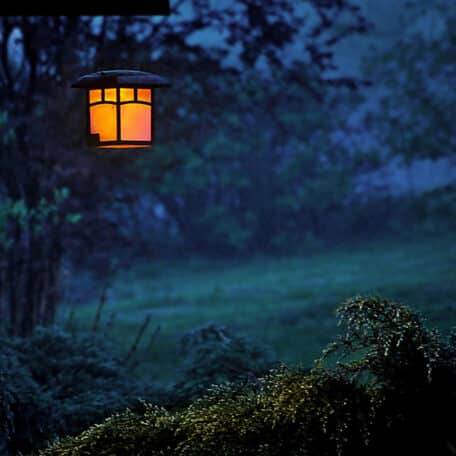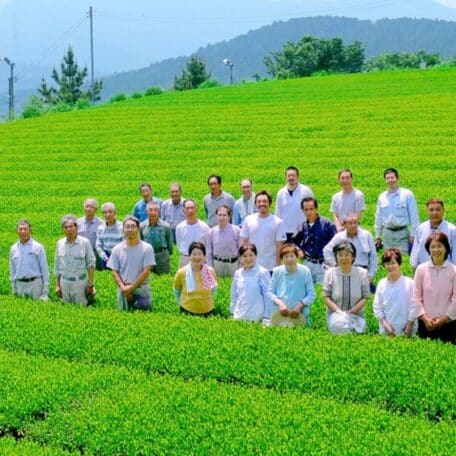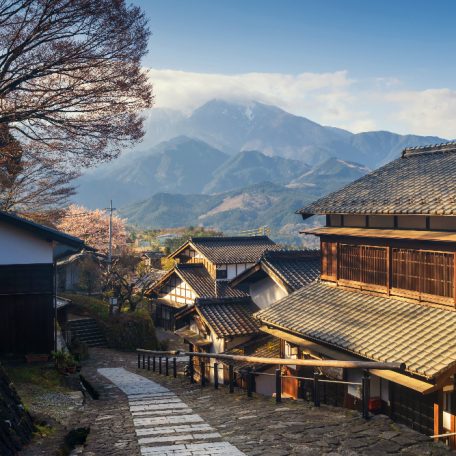4 MAJOR TEA REGIONS OF JAPAN PART 4: KYOTO AND UJI: ALL THINGS SHADED, THE CULTURAL HOME OF TEA
Feb 5, 2024
BY Jamie Kruse

Welcome to the final segment of our four-part series on notable tea regions in Japan! In this post, we land in Kyoto Prefecture’s Uji region to experience the cultural heart and history of tea in Japan. If you are just now joining us, check out our earlier posts on tea in Kagoshima, Fukuoka, and Shizuoka prefectures.
KYOTO PREFECTURE’S UJI CHA 宇治茶
WHAT IS THIS TEA REGION KNOWN FOR MOST?
Welcome to the cultural home of Japanese tea! If you’ve experienced a traditional Japanese tea ceremony, you’ve likely enjoyed matcha grown in Uji.
And if you’ve wandered the streets of Kyoto, inhaling the maple-scented woody sweetness of Kyobancha (also known as Iribancha), you know this is a part of Japan that elevates tea to an art form.
Though the volume of tea grown in Kyoto Prefecture is comparably small to regional powerhouses such as Kagoshima and Shizuoka, Kyoto captures the world’s imagination regarding the creativity, artistry, and deep history of tea.

Uji gyokuro leaves. Credit: Zach Mangan, Kettl Tea
Given the prefecture’s lead role in producing high-grade, award-winning shade-grown, umami-filled teas such as gyokuro, tencha (the tea leaves milled into matcha), and kabusecha かぶせ茶, Kyoto is synonymous with artisanal tea.
More tencha is grown here than in any other region in Japan. Notable cultivars such as Asahi, Samidori, Goko, and Ujihikari all have links here, and increasingly, tea producers in the area are aiming to offer single-origin teas, rather than blends. Kyotanabe, located in Kyoto Prefecture, is a notable highlight on the global map for award-winning gyokuro.

Kyoto – Credit: Jamie Kruse for AT travel
WHAT’S MOST NOTABLE ABOUT THIS TEA REGION IN TERMS OF JAPAN’S TEA WORLD?
Many consider Kyoto Prefecture to be the birthplace of Japanese tea. When the monk Eisai brought Rinzai Buddhism to Japan from China over 800 years ago, in 1191, he also brought tea seeds. This wasn’t the first time tea had been imported to Japan from China, but Eisai gifted the tea seeds to a monk named Myoe, based in Northwest Kyoto. Myoe first planted them there, but then later decided that the soil, water and climate of Uji would suit the plants best. The rest is history.
Uji is perhaps the most recognizable “brand” for high-quality Japanese tea, with many families continuously growing tea for hundreds of years. In Uji, tea isn’t just a drink, but a way of life and art — continuously studied, practiced, and shared. When visiting Uji, a short ride from Kyoto, visitors will discover countless learning and tasting opportunities, including museums and culture-based tea experiences.

Kyoto gyokuro. Credit: Zach Mangan, Kettl Tea
WHY DOES TEA GROW SO WELL HERE?
Sheltered inland from turbulent weather, Kyoto Prefecture’s tea regions descend from the mountains and are fed by fertile, well-drained plains. Rich, acidic soils produce dark tea leaves and robust flavors. Tea is often grown on hills and differences in elevation help moderate temperature and create ideal micro-climates between day and night, while also producing misty fog and humidity that supports quality tea.

Uji River. Credit: Alex Browning
WHAT ARE THE TASTING NOTES, OR SPECIAL FLAVORS THAT ARE ONLY POSSIBLE IN THIS REGION?
The tasting profile of Kyoto prefecture would be hard to summarize in a few words. The shading process for tencha (matcha) and gyokuro produces teas known to be extremely mellow. Sencha from this region is often more subtle and austere. Rather than the deep grassy richness of other prefectures, Kyoto teas often invoke a pleasant saline, seaweed-like scent.
Kyoto is also one of the few regions where hand-rolling tea leaves after steaming is still practiced. This labor-intensive process enables remarkable levels of umami to become available. Kyototanabe gyokuro offers a deep, lingering sweetness that will sit on your tongue like a pearl. We hope you can quietly savor one of these special teas during your next visit to Kyoto Prefecture!
We thank you for reading our four major tea region series! And hope you enjoyed the journey, and have a long list of teas to try over the coming months. Of course, there are many other incredible tea regions to explore throughout the Japanese archipelago! Tasting tea from various regions makes it possible to appreciate the subtle differences that Japan’s highly varied climate and topography can produce. Only through exploration — and lots of tasting — can you find your next favorite tea!
TEA LINKS TO EXPLORE:
- https://www.marukyu-koyamaen.co.jp/english/about-tea/know-history.html
- https://japanesetea.sg/japanese-tea-pedia/ujicha/
- https://kyoto-kosanji.jp/en/info/
Links to the series:
PART 1 KAGOSHIMA: SENCHA FOR EVERYONE
PART 2 FUKUOKA: YAME EXCELLENCE: RISING STAR OF GYOKURO
PART 3: SHIZUOKA: FUKAMUSHI FLOWS LIKE WATER
PART 4: KYOTO AND UJI: ALL THINGS SHADED, THE CULTURAL HOME OF TEA
Feature photo credit: Zach Mangan, Kettl Tea
Visiting Uji? Book your local guide for an authentic Matcha and green tea foodie trip!
PIN THIS FOR LATER
Book your pocket wifi now to stay connected through your entire Japan Journey!

Be sure to get the JR Pass to make navigating Japan during your trip that much easier!

YOU MIGHT ALSO LIKE





